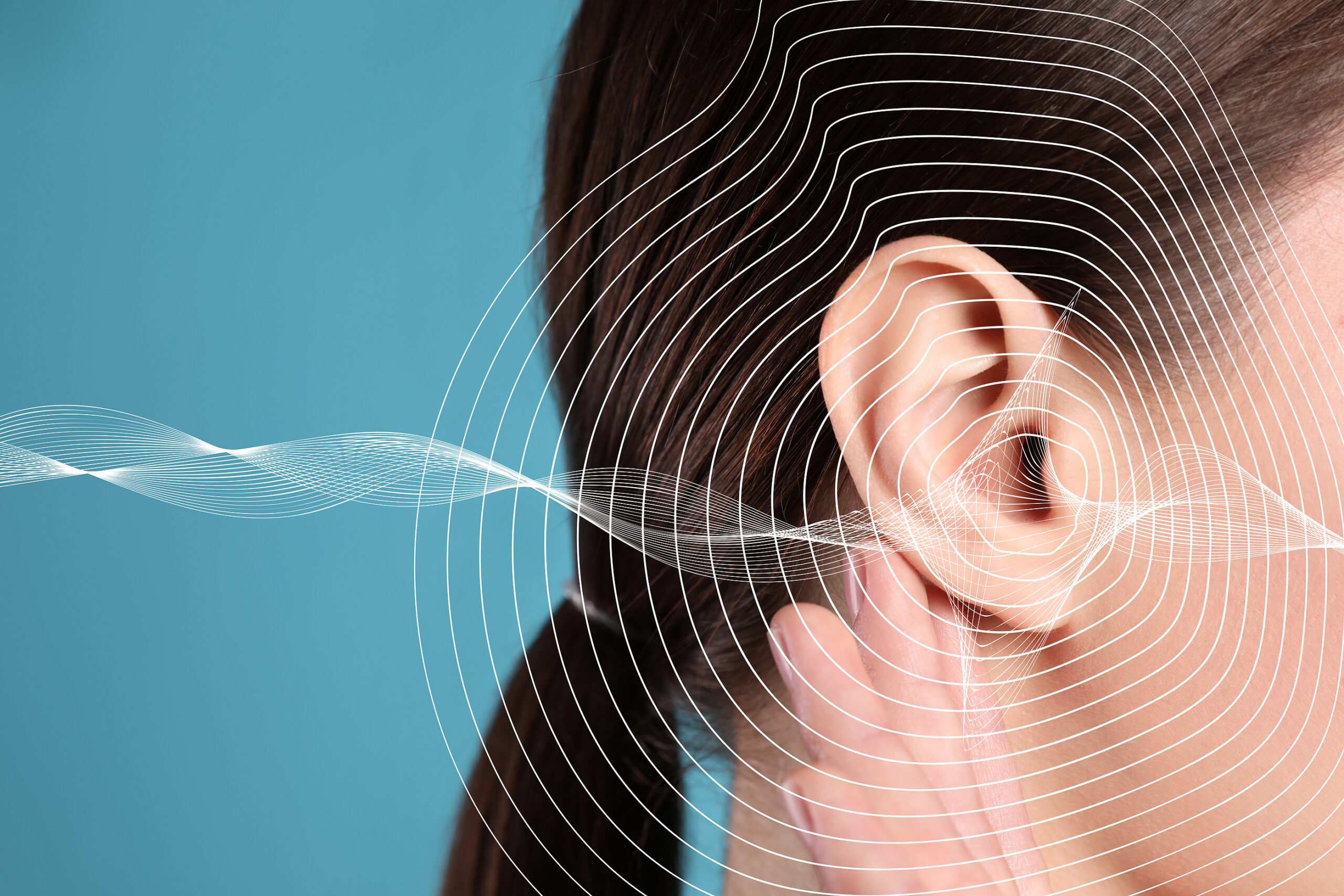
The Outer Ear
The journey of sound begins at the outer ear. The part of the ear we see, called the pinna, plays a crucial role. This cartilage structure helps collect sound waves from the environment. Sound waves are vibrations that travel through the air. The pinna gathers these waves and funnels them into the ear canal.
The Ear Canal
Once sound waves enter the ear canal, they travel towards the eardrum. The ear canal is a tube-like structure that helps amplify the sound waves. This amplification is essential for clear hearing. By the time the sound waves reach the eardrum, they are stronger and more noticeable.
The Eardrum
The eardrum, or tympanic membrane, is a thin piece of tissue that marks the boundary between the outer and middle ear. It plays a vital role in hearing by transforming sound waves into mechanical vibrations. When sound waves strike the eardrum, it vibrates. These vibrations need to be transmitted further into the ear to continue the process of hearing.
The Middle Ear
The middle ear contains three tiny bones, the ossicles: the malleus, incus, and stapes. These bones form a chain that connects the eardrum to the inner ear. The vibrations from the eardrum cause the ossicles to move. This movement amplifies the vibrations, making them powerful enough to travel through the fluid-filled inner ear.
The Inner Ear
The inner ear is home to the cochlea, a spiral-shaped organ filled with fluid. The cochlea is lined with tiny hair cells that act as sensory receptors. As the amplified vibrations reach the cochlea, they create pressure waves in the fluid. The hair cells bend in response to these waves and generate electrical signals, which are critical for the next stage of hearing.
The Auditory Nerve
The auditory nerve carries electrical signals from the cochlea to the brain. This nerve acts as a communication pathway. It ensures that the signals reach the brain quickly and efficiently. Once these signals arrive in the brain, sound interpretation begins.
The Brain
The brain is the final destination in the hearing process. It receives the electrical signals from the auditory nerve and interprets them as sound. Different parts of the brain work together to make sense of these signals. The brain can distinguish between various sounds, recognize speech, and identify musical notes. This complex process allows us to enjoy music, understand conversations, and stay alert to our surroundings.
Preventing Hearing Damage
The ear is delicate and can be easily damaged by loud noises or infections. Protecting one’s hearing involves taking certain precautions. One important step is using ear protection in noisy environments, such as concerts or construction sites. Additionally, keeping the ear clean and free of infections is vital. Listening to music at a safe volume and avoiding prolonged exposure to loud sounds can also help maintain healthy hearing.
Appreciating the Marvel of Hearing
Sound travels through the ear in a fascinating journey involving the outer ear, ear canal, eardrum, middle ear, inner ear, auditory nerve, and the brain. Each part is essential in converting sound waves into meaningful signals that the brain can interpret. Understanding how this process works can lead to greater appreciation and better care for hearing health. By protecting your hearing, you can enjoy the beautiful world of sound for many years to come.
